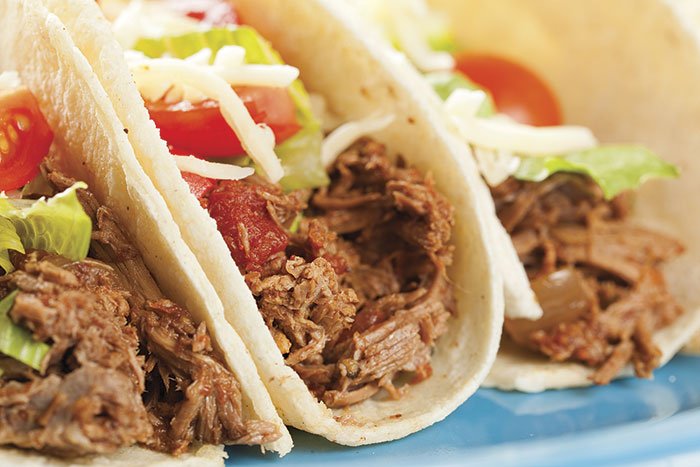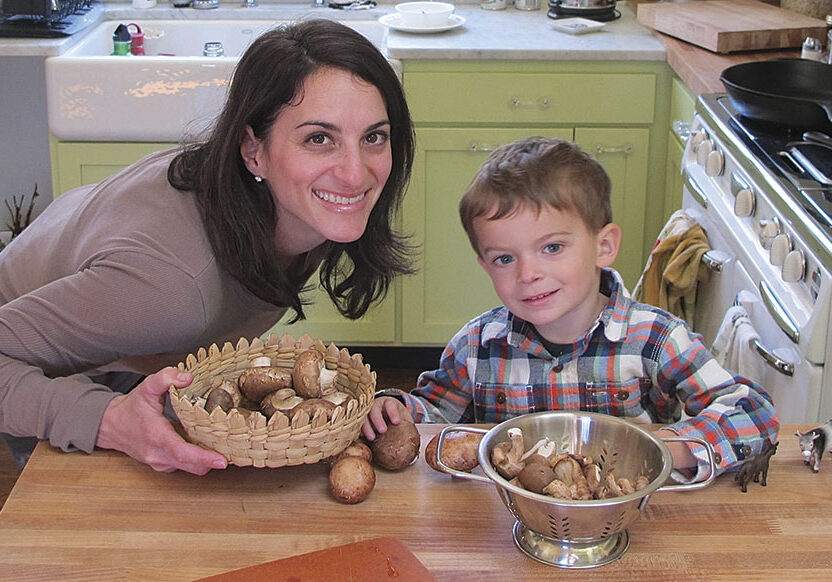Most of us are familiar with the Mexican holiday, Cinco de Mayo. Many celebrate it annually with their favorite Mexican cuisine, margaritas, and maybe even a piñata. Do we understand exactly what we are celebrating? Often times, this holiday gets confused with Mexican Independence Day (“Grito de Dolores” held on September 16).
Cinco de Mayo is celebrated because of the Mexican army’s unimaginable victory against the French army at the Battle of Puebla on May 5, 1862. The French army was larger in numbers, better trained, and better equipped than the Mexican soldiers, but miraculously the Mexican army defeated the French that day, against all odds.
Cinco de Mayo is celebrated in the Mexican city of Puebla, but is more often a celebration in the United States. North of the Mexican border, Mexicans and Americans alike celebrate with parades, music, and of course, traditional Mexican cuisine. This holiday has become a way of celebrating Mexican life. Los Angeles hosts the largest celebration in the world at the Festival de Fiesta Broadway.
There are plenty of fun ways to celebrate here in the North State. If you have the opportunity, check out the festive sounds of Los Amigos del Valle de Emilio Ramirez. These talented musicians play Musica Nortena, which consists of the accordion and the bajo sexton (a special guitar played with the accordion). Emilio Ramirez says, “Our band can be heard most weekends. We play in Willows, Los Molinos, Chico, Red Bluff and in Redding.” They will be playing on Cinco de Mayo at Guadalajara restaurant in Redding from 5-9pm. Ramirez says his favorite dish on Cinco de Mayo is pescado frito (whole fried fish), traditionally scored, and served with rice, beans, tortillas & limes. This scrumptious dish can be found all along the coast in Mexico.
Shasta High School Spanish teacher Lisa Ferguson enjoys making homemade tortillas with her students. She gives students an extra credit assignment to research the true meaning of Cinco de Mayo, encouraging students to find out the difference between Cinco de Mayo and Mexican Independence Day. She teaches her students about important Mexican traditions in class, like Quinceañeras and Dia de Los Muertos. Lisa adds, “The student’s favorite day is always tortilla-making day!”
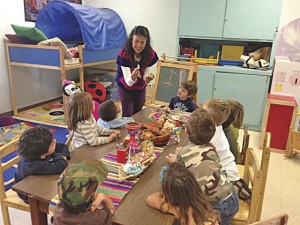 Mi Escuelita Maya Preschool in Chico offers an integrated program with an emphasis on multicultural experiences, performing arts, Spanish language enrichment, organic eating habits, and an environmentally friendly life style.
Mi Escuelita Maya Preschool in Chico offers an integrated program with an emphasis on multicultural experiences, performing arts, Spanish language enrichment, organic eating habits, and an environmentally friendly life style.
The school’s program director and performing arts teacher Maria Trenda grew up in Peubla, Mexico. Each year she combines her experiences of growing up in Mexico with the preschool’s early childhood development philosophy to create a unique Cinco de Mayo celebration for her students. Together they make homemade tamales (see recipe below), learn traditional dances, have hands-on authentic Mexican toys and crafts for the children to play with, create their own Mexican arts & crafts, and finish the fiesta with a parade and dancing. Maria says, “Parades are a big part of the celebration in Mexico. In my home town Puebla, there is a huge parade on the date of Cinco de Mayo.” The children love this celebration and being immersed into the Mexican culture through cuisine, art and dancing.
Cinco de Mayo can be celebrated with an all-day fiesta at Shasta College in Redding on May 5. Keith Brookshaw, a counselor at the college, founded the fiesta 23 years ago. This authentic Hispanic cultural event includes homemade tamales with rice and beans, colorful Folklorico dancers, soccer demonstrations, Grito contests (in which people shout as long as they possibly can, in honor of the shout that was said to have started the Mexican Revolution in 1810), raspados (shaved ice), piñatas and much more. Students volunteer for decorating, face painting, and working at booths.
Student Service Coordinator Tina Duenas adds, “Shasta College is dedicated to providing a comprehensive understanding to our students of customary Mexican culture. Our Cinco de Mayo events focus on bringing awareness to the energy of the culture and the holiday.”
Cinco de Mayo may only be one day out of the year, but we can celebrate the beauty of Mexico any time of the year with its rich culture, colorful traditions, festive music and delicious foods!
[sws_blue_box box_size=”580″]Gluten Free Tamales
Maria Trenda of Mi Escuelita Maya Preschool shares this recipe for tamales the children help make at the school. She says one 4.4 lb bag of instant corn masa flour makes enough dough for approximately seventy 4 oz gluten-free tamales. Ingredients (Makes about 25 tamales)
- 6 cups Maseca Corn Masa for tamales
- 6 cups Chicken broth
- 1 cup cooking oil
- 2 tsp salt Cooking Instructions
- Soak the corn husks in hot water until soft (approx. 30 minutes). Drain in colander.
- Blend with an electric mixer: corn masa, corn oil, salt, baking powder and chicken broth.
- Shred the chicken and marinate it in the green salsa or tomatillo sauce.
- Spread masa evenly into a rectangle on each husk, about ¼ inch thick and lengthwise along a long edge. Leave enough space on the lengthwise edges fold the husk over the filling along the center, and enough space on the sides to fold over the ends of each husk.
- Spread a spoonful of marinated chicken on top of the masa.
- For each tamale, fold over a lengthwise edge and tuck the edge under the filling, then continue rolling the husk around the filling.
- Fold over the ends of each husk and tuck under the tamale, or tie the ends with cotton string or strips of soaked husk.
- Carefully place the tamales in a steamer. Bring water to a boil, then reduce to medium/low and steam for 35-40 minutes. Check every 20 minutes; tamales are cooked when they separate easily from the corn husk.
[/sws_blue_box]
Posted in: Localicious
Comment Policy: All viewpoints are welcome, but comments should remain relevant. Personal attacks, profanity, and aggressive behavior are not allowed. No spam, advertising, or promoting of products/services. Please, only use your real name and limit the amount of links submitted in your comment.
You Might Also Like...
Localicious: Bees, Bees, Honey & More
Bees have been performing their pollinating duties millions of years – the oldest recorded bee fossil, embedded in amber, is dated at 100 million years. Native to Europe, Asia, and […]
Localicious: Delectable Dairy Alternatives
These days, more and more people are searching for alternatives to dairy products. As dairy-free options become more popular, they are also getting easier to find. Whether prompted by a […]
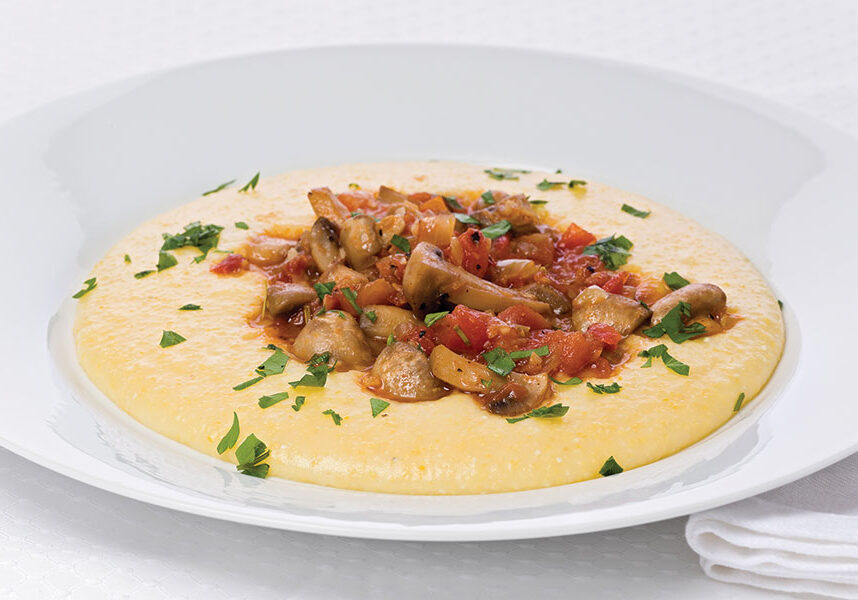
Localicious: The Corn On Your Plate
Corn has been a staple grain of many cultures’ diets for centuries, with the earliest uses dating back to approximately 5000 B.C.E. Cultivated in an array of colors, yellow and […]
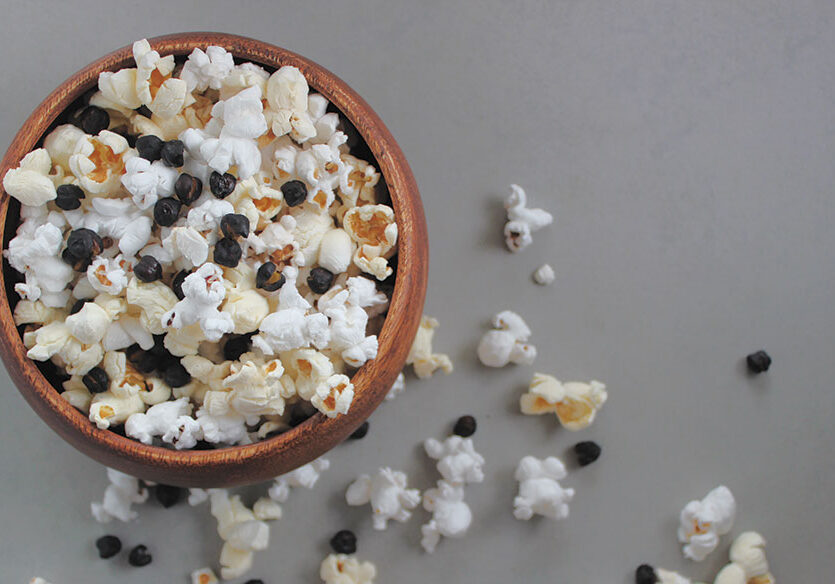
Halloween Sweet Treats
Here’s a warm welcome to October, and the kick-off of the holiday season! I love entering these months of celebration with the added excitement from children in tow. Starting up […]


